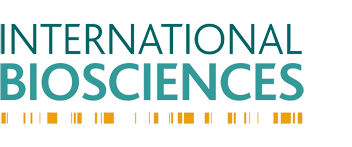DNA Sampling – The Importance Of Getting It Right

Whilst it’s true that DNA can provide the answers to a wide range of questions, it’s important that samples are collected correctly to make sure that there’s no dilution of the DNA of the person being tested with the DNA of anyone else. That’s why there’s a strict set of rules on how to take your DNA test sample. If your DNA is compromised, you won’t be able to rely on the results.
Following the guidelines of a DNA test
If you ask for a DNA test, you will need to give a sample. In most cases, especially where you use a sampling kit provided by your DNA test company, you will need to make sure that you are extremely careful when you take the sample. Follow all the guidelines which, in the case of International Bioscience tests, includes:
- Not drinking coffee or tea, or use tobacco products – the chemicals and toxins present in tea, coffee and tobacco leave a residue in your mouth. This residue will be transferred onto the swab you use to collect your sample, and could mean that your DNA test can’t be processed. We recommend that you don’t take any of these products for at least 4 hours before you take the sample.
- Make sure your mouth is clean – the best DNA test results come from a clean sample, if your mouth is clean and rinsed with warm water, you will be able to give a better sample which, in turn, increases your chances of getting an indisputable result.
- Don’t touch the swab – the swabs used for collecting samples should only have the DNA from your mouth on them. Don’t touch the swab, or allow anyone else to, as this could contaminate your sample. The swab can also become contaminated if you put it down on an unclean surface, so once you have taken the swab, make sure you follow the instructions about storing it so that every care is taken with the sample before you send it away.
- Getting someone else to sample for you – if your DNA test is part of a legal process, you will need to have an independent person present to take your sample. This is usually a doctor or medical professional and they must also follow the guidelines exactly.
When we receive the sample from you, we test it at our dedicated facility, making sure we take the same amount of care with your sample as we have asked you to. This helps us to get your results back to you as soon as possible.
Other types of Sample Collection
As described above, the type of samples collection using oral swabs is generally carried out for parental tests and relationship tests (although there are some other tests to which this type of sample collection is suited). However, other tests , require entirely different methods of samples collection.
Non invasive prenatal paternity testing require medical blood draws in order for the test to be carried out. Read more.
Baby gender testing also requires a blood sample, however, there is no need for a blood draw but a much less invasive prick of the finger. Read more.


